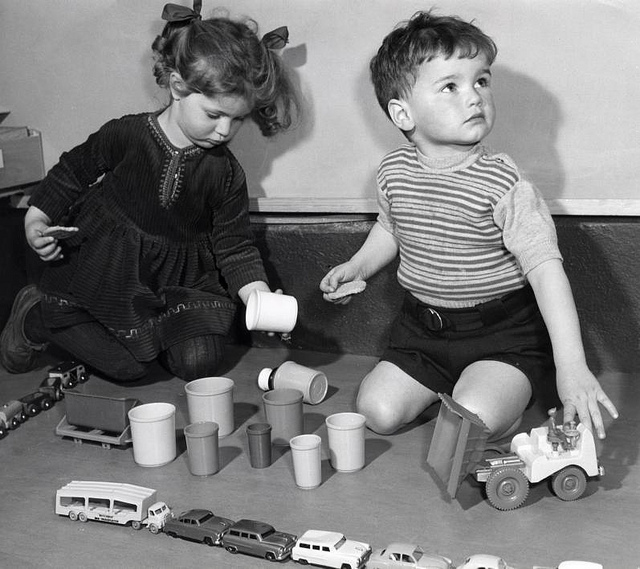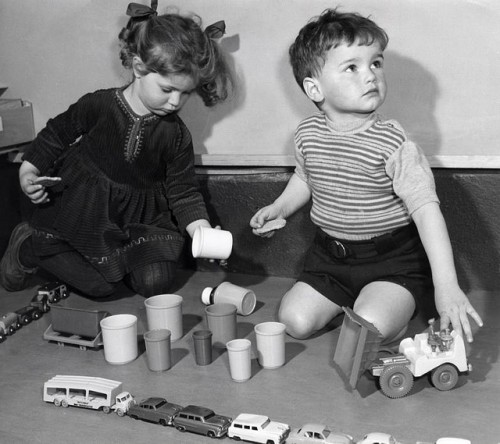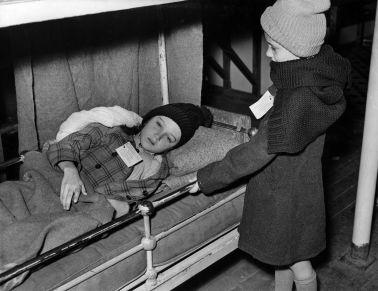The following is to help understand more about Emotional and Behavioral Disorders in children, so that they can find success in the classroom. It reviews the definitions of emotional disabilities and the challenges of providing services to students with emotional disabilities.
Behavioral disorders become apparent when the student displays a repetitive and impact persistent pattern of behavior that results in the significant disruption in other students. Such disturbances may cause significant impairments in academic, social, and or occupational functioning. Such a behavior pattern is consistent throughout the individual’s life. There can be much difficulty with these children. These children can sometimes need more help than a mainstream classroom can provide. Often more support is needed, but it can be difficult finding a balance between getting the child help and not limiting the child’s access to the mainstream environment.
Characteristics of emotional disturbances include: bullying, exhibiting lots of physical aggression, showing little remorse and compassion, destruction of others property, blame others for wrong doings, and physical abuse of others. Disruptive emotional and behavioral disorders are complicated and may include many different factors working in combination. For example, a child who exhibits the delinquent behaviors of Conduct Disorder, CD, may also have ADHD, anxiety, depression, a drug abuse problem and a difficult home life. This can make working with the effect individuals difficult as it takes patience and understanding. These students can also be disruptive to other children in the classroom making it even more difficult.
Although it difficult working with and raising these children, it can also be highly rewarding watching the children with emotional and behavioral disorders succeed and get beyond the disability.







